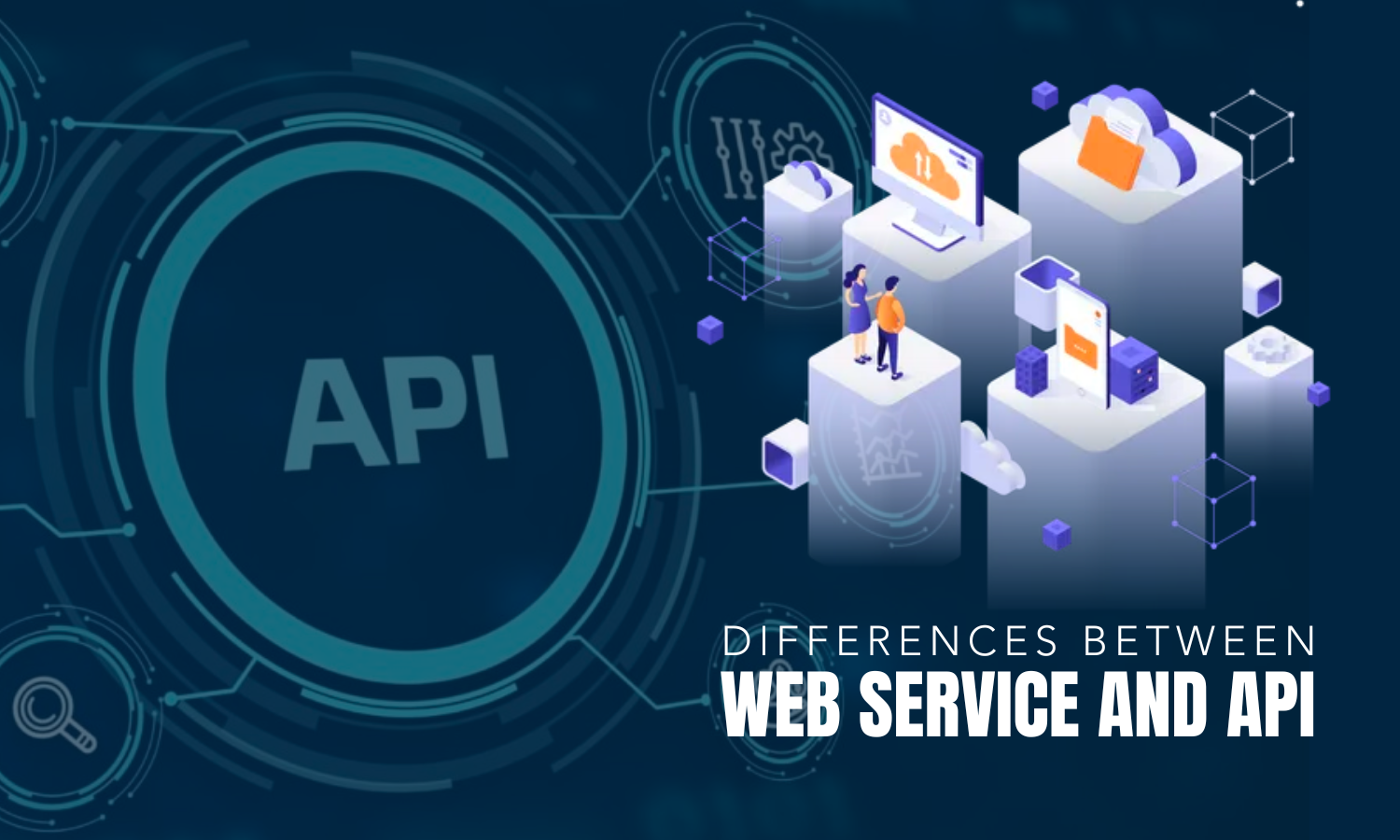Bots account for more than 50% of total Web traffic. Some are critical to keeping the Internet alive, such as the GoogleBot crawler. However, most of these automated web robots are malicious. Companies are aware of that and want to protect their data and servers at all costs. Here is why anti-bot measures have become so popular.
Performing automated actions on a target site such as web scraping has become increasingly difficult as a result. The solution? Understand your adversary! In this article, you will explore the most effective anti-bot techniques and see how to get around them.
What Is Anti-Bot?
A bot, short for “robot,” is an automated software application that performs tasks on the Web. According to Statista, bots accounted for 47.4% of worldwide Internet traffic in 2022. Even though the term “bot” usually has a negative connotation, not all bots are bad. Google's search engine crawler is a prime example of a good bot. At the same time, the same study proved that 30.2% of global web traffic comes from bad bots.
A bot is classified as “bad” when it engages in malicious activities like spam, data scraping, and DDoS attacks. Considering how common these types of bots are, more and more sites are adopting anti-bot measures to safeguard their data and improve user experience.
General Approach to Avoid Anti-Bot Detection
Imagine you want to create an automated script to perform web scraping. The goal is to retrieve data of interest without harming the target site. In other words, you do not want your scraper to be harmful. Keep in mind that a “bad” bot can still be ethical. How? By following the site's robots.txt file and Terms and Conditions!
In detail, robots.txt is a text file that sites use to instruct web robots on how to interact with their content. This file should be available at the /robots.txt path and specifies:
- Which bots are allowed to visit the site?
- Which pages and resources they can access and at what rate?
Respecting robots.txt is critical to avoid triggering anti-bot measures. Learn more in the “Robots.txt for Web Scraping Guide” blog post. Similarly, it is essential to comply with the site’s Privacy Policy and Terms and Conditions.
When this approach does not work and your automated software is still getting blocked, it is time to explore how to get around anti-bot solutions!
Top 7 Anti-Bot Measures
Let’s see some of the most popular anti-bot techniques and look at how to bypass them.
Header validation is one of the most common anti-bot techniques. The idea behind it is to examine the HTTP headers of incoming requests to check their legitimacy. When the request appears to come from a malicious actor, it is stopped before accessing the site.
This is possible because browsers automatically set a bunch of headers, such as User-Agent and Referer. The anti-bot solution focuses on the values of those headers to assess whether they match patterns associated with legitimate browsers. If it detects irregularities, the request gets flagged as suspicious and blocked.
This technology is widely used because it is a lightweight means of identifying bots. At the same time, you can easily overcome it by setting the right headers in your requests. Note that HTTP client libraries usually allow you to set custom headers. This means that to pass header validation, you only need to mimic browser-like headers. In most cases, setting a real User-Agent string and a well-crafted Referer is enough.
2. Rate Limiting
Rate limiting is an effective anti-bot solution that focuses on controlling the frequency and volume of incoming requests. It works by imposing thresholds on the number of requests a particular IP address can make within a specified period of time. These limits are designed not to disturb legitimate users while stopping unwanted bots.
Rate-limiting technologies track incoming requests, counting how many occur in a given timeframe. When the rate of requests from a specific source exceeds the limits, the server begins to either delay or block them.
There are two ways to bypass rate limiting:
- Respect the limits
- Use a proxy service
The first approach may not be viable when performing a large-scale scraping operation. Respecting the required delays to avoid triggering rate limiting may slow down too much the process. Here is where Bright Data comes in!
3. CAPTCHAs and JavaScript Challenges
CAPTCHAs and JavaScript Challenges both serve to distinguish between human users and robots. CAPTCHAs present challenges to users that are simple to solve for users but hard for bots. Instead, JavaScript challenges are designed to be automatically solved by modern browsers. They involve the execution of JS code to verify that users are using a legitimate browser.
Both of these techniques fall under the client-side anti-bot solutions. To bypass JavaScript challenges, you need a tool that can run JavaScript. In other terms, you have to use a browser automation library such as Selenium or Playwright. These enable you to programmatically control and instruct a browser instance. Base your automated script on such a technology, and JS challenges will no longer scare you.
Now, there is another problem to take into account. While simulating user interactions on the target pages in a controlled browser, CAPTCHAs may show up. For example, when submitting a form. Bypassing them is not simple, and the most effective methods involve AI or outsourcing to real humans.
Fortunately, there is a controllable browser that is compatible with most automation browser libraries and comes with CAPTCHA-solving capabilities. Explore Bright Data's Scraping Browser today!
4. Honeypots
Honeypots are cleverly disguised traps that sites adopt to catch malicious bots. An example of a honeypot is an invisible link embedded in the code of a web page. Although it is invisible to human users, bots may treat it like any other link and interact with it. When they do, their automated nature is revealed and the site can block their requests.
Keep in mind that you cannot really overcome a honeypot. But you can avoid it! Before performing web scraping or crawling activities, you must carefully inspect the target site. In most cases, ignoring hidden or unusual elements, such as links or invisible fields, is enough to avoid honeypots. By exercising caution, your bots should be able to any site without falling into these traps.
5. Browser and User Fingerprinting
Browser and user fingerprinting are anti-bot measures that aim to analyze the unique characteristics of a user to understand whether they are human or not.
Browser fingerprinting involves collecting a range of data about the user's browser and device. This includes browser type, version, screen resolution, installed plugins, and available fonts. These attributes create a unique fingerprint for each user, making tracking easier. Plus, this mechanism simplifies bot detection as it is not easy to replicate the different profiles of genuine users.
User fingerprinting takes instead a step further. Specifically, it studies user behaviour, such as mouse movements and typing speed. This is also known as behavioural analysis. When the user does not interact with the page naturally, the system steps in to block it.
To bypass these measures, you need to perform advanced browser automation. In some cases, simulating mouse movement and performing credible actions is enough. In other cases, you need to use machine-learning algorithms to mimic accurate human-like behaviors.
6. Geolocation Blocking
Geolocation blocking is a mechanism that restricts access to a site based on the geographic location of the user's IP address. Sometimes, sites must implement it to comply with restrictions imposed by the government. Other times, this technique is used to avoid malicious activity from specific regions.
The anti-bot system works by analyzing a user's IP address and determining their approximate physical location. If the user's location falls within the restricted zone, they are denied access to the service or resource. For example, streaming services block resources from countries they do not hold distribution rights for.
How to overcome geolocation blocking? With Bright Data's residential proxies! These special proxies route traffic through IP addresses associated with real residential devices. That way, the requests made by your bot will appear as traffic from legitimate users in the chosen location, region, or city. Do not forget that Bright Data has a huge proxy network, with servers in more than 195 countries!
7. Web Application Firewalls
A WAF (Web Application Firewall) is a security system that safeguards web applications from various online threats, including bot attacks. It operates at the application level, monitoring incoming web traffic to identify and block bad bots based on their behaviour, patterns, and known attack signatures.
WAFs are difficult to overcome because they continually adapt to evolving threats. Simple workarounds are not enough as they usually employ several anti-bot measures together. Examples of WAFs are Cloudflare, AWS WAF, and Akamai.
The only way to get around them is with an all-in-one anti-bot toolkit, such as Bright Data's Web Unlocker. This advanced solution uses an AI system based on proxies, CAPTCHA resolution, JavaScript rendering, and header randomization to give you access to any public website. All you have to do is pass the target URL to Web Unlocker, which will return the data or raw HTML content back to you.
Conclusion
In this article, you learned what anti-bot is and why it has become so popular. You now know the best anti-bot techniques and how to avoid them.
Keep in mind that no matter how sophisticated your automation logic is, complex anti-bot technologies can still detect and block you. An effective approach to overcome them is making bot detection bypass a design requirement with Bright Data's Web Scraper IDE, a cloud solution to build your next unstoppable bot.
Thanks for reading! We hope that found this article useful!





